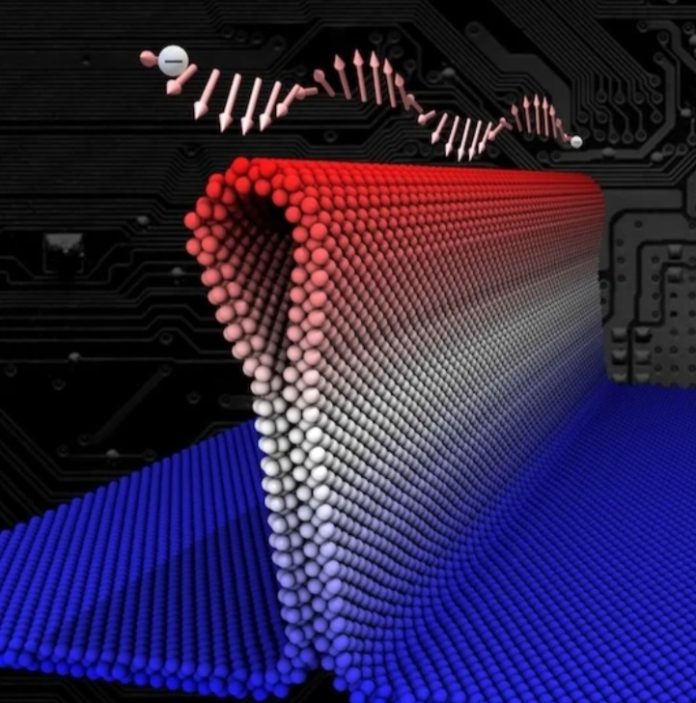
Sometimes, flaws can be a feature. Scientists at Rice University have discovered that tiny wrinkles in super-thin materials—just one atom thick—can be used to control a strange property of electrons called spin.
This breakthrough could pave the way for smaller, faster, and more energy-efficient electronics.
Today’s devices mainly rely on the flow of electric charge through silicon chips. But silicon has limits, and as our demand for computing power grows, it consumes enormous amounts of energy.
That’s where spintronics, or “spin-based electronics,” comes in. Instead of just using charge, spintronics taps into the spin of electrons.
Spin can be thought of as a tiny compass needle pointing “up” or “down,” and it could be used to process and store information with much less energy.
The problem is that spins are fragile. They usually fade quickly when electrons bump into atoms, making it hard to keep information intact.
But the Rice researchers found a clever way to protect spins by using wrinkles in two-dimensional (2D) materials such as molybdenum ditelluride.
When a thin sheet of this material bends, the top side stretches while the bottom compresses. This uneven stretching shifts positive and negative charges slightly apart, creating an internal electric field.
This effect, called flexoelectric polarization, interacts with the electrons’ spins and forces them into a special pattern known as a persistent spin helix (PSH). In this pattern, the spin direction stays stable even when electrons scatter.
“Normally, changing an electron’s path changes its spin too. But with a persistent spin helix, the spin doesn’t change, which makes it rare and very useful,” said Sunny Gupta, one of the study’s authors.
The team showed that extreme bends—like the hairpin-shaped folds often seen in wrinkled 2D sheets—create especially strong effects. In these areas, electron spins can flip between up and down within just one nanometer, which is the shortest distance ever reported for this kind of behavior. This means spintronic devices could be made much smaller and still work reliably.
Boris Yakobson, the senior researcher, said the discovery highlights how a simple mechanical pinch in a thin material can lead to exotic quantum effects. “Elastic wrinkles and quantum spins don’t usually mix, but here they do—and it can be harnessed for technology,” he explained.
In the future, this wrinkle-powered spin control could lead to ultra-efficient computers, data storage, and other technologies that use far less energy than today’s silicon-based devices. What once looked like a flaw in these delicate sheets may turn out to be one of their most powerful features.



